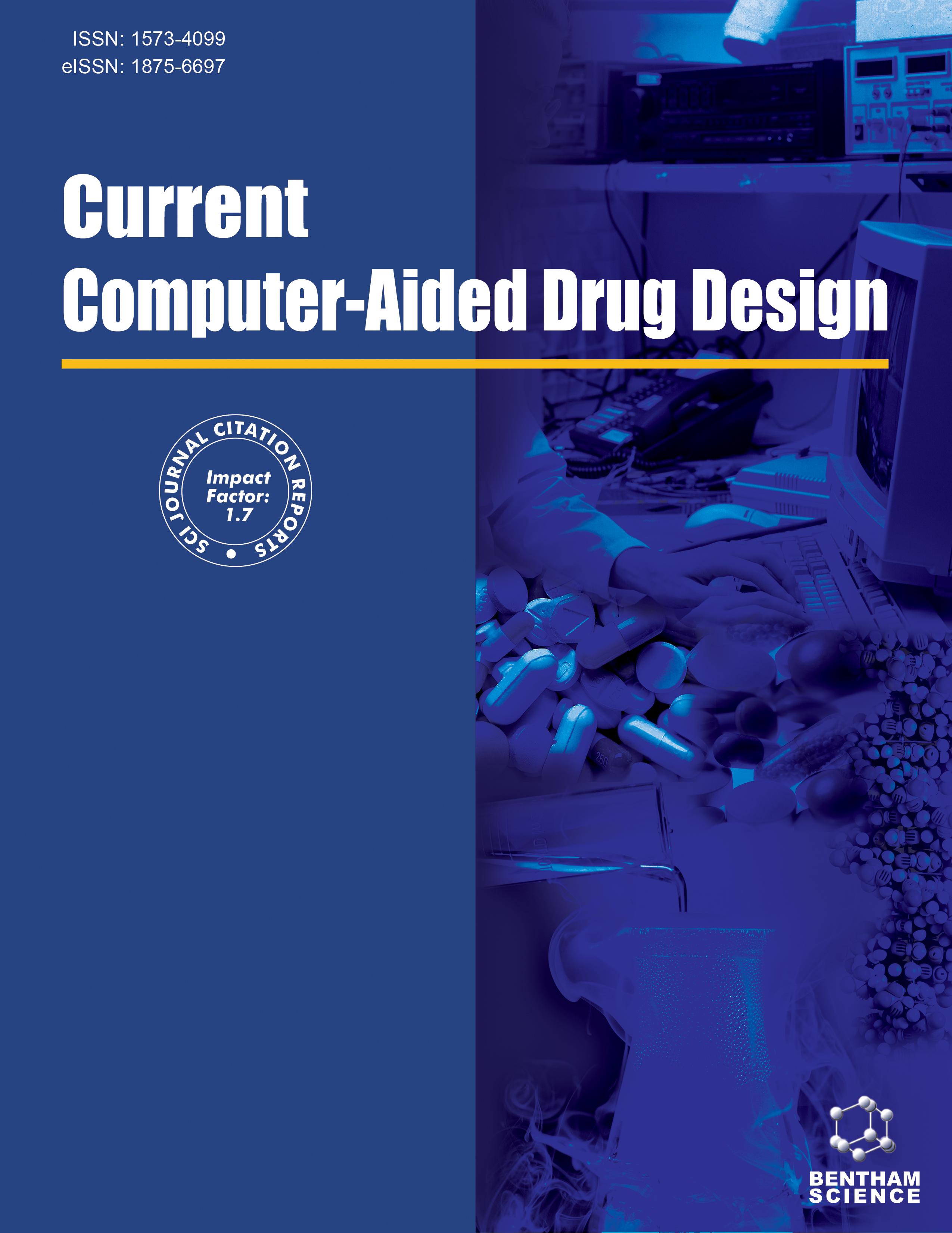
Full text loading...
Hyperlipidemia is characterized by an abnormally elevated serum cholesterol, triglycerides, or both. The relationship between an elevated level of LDL and cardiovascular diseases is well-established. Cholesteryl ester transfer protein (CETP) is an enzyme that moves cholesterol esters and triglycerides between LDL, VLDL, and HDL. CETP inhibition leads to a reduction in cardiovascular disease by raising HDL and minimizing LDL.
This study synthesized ten meta-chlorinated benzene sulfonamides 6a-6j and explored their structure-activity relationship.
The synthesized molecules were characterized using 1H-NMR, 13C-NMR, IR, and HR-MS. Moreover, cheminformatics analyses included pharmacophore mapping, LibDock studies, and cheminformatics characterization using 2-dimensional (2D) molecular descriptors and principal component analysis.
Based on in vitro functional CETP assays, compounds 6e, 6i, and 6j demonstrated the strongest inhibitory activities against CETP, reaching 100% inhibition. The inhibitory activity of compounds 6a-6d and 6f-6h ranged from 47.5% to 96.5% at 10 µM concentration. Pharmacophore mapping results suggested CETP inhibitory action, while the docking scores and calculated binding energies predicted favoring binding at the CETP active site. Best-scoring docking poses predicted critical hydrophobic features corresponding to key interactions with His232 and Cys13. Cheminformatics analysis using 2D molecular descriptors indicated that the synthesized compounds span various physicochemical properties and drug-likeness.
It was found that a chloro moiety at the ortho-position, or a nitro group at the meta and para-positions, improves the CETP inhibitory activity of synthesized analogs. Computational studies suggest the formation of stable ligand-protein complexes between compounds 6a-6j and CETP.

Article metrics loading...

Full text loading...
References


Data & Media loading...
Supplements

